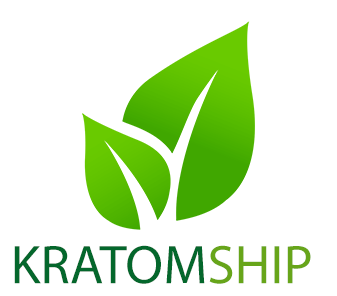Historical Background
Kratom, scientifically known as Mitragyna speciosa, has a long history of traditional use in Southeast Asia. It is indigenous to countries such as Thailand, Indonesia, Malaysia, and Myanmar. In these regions, kratom has been an integral part of the local culture for centuries.
Traditional Medicinal Practices
Kratom leaves have been traditionally used by local communities for their medicinal properties. The leaves are often chewed or brewed into a tea to help relieve pain, improve energy levels, and boost productivity. It has been employed as a natural remedy for various ailments, including diarrhea, muscle aches, and fatigue.
Social and Recreational Use
Beyond its medicinal applications, kratom has also been used in social and recreational settings. In some cultures, kratom leaves are consumed during social gatherings or ceremonies as a means of enhancing sociability and promoting a sense of well-being. It is often consumed in the form of tea or as a powder.
Ritual and Spiritual Practices
Kratom has been incorporated into certain ritualistic and spiritual practices in Southeast Asia. Some indigenous communities believe that kratom has spiritual properties and can help connect individuals with their ancestors or spirits. It may be used as an offering or consumed as part of spiritual ceremonies.
Traditional Use in Agriculture and Labor
In regions where kratom is grown, it has been utilized by workers engaging in physically demanding tasks. The stimulating effects of kratom are believed to enhance endurance and alleviate fatigue, making it popular among farmers, fishermen, and manual laborers.
Cultural Significance and Folklore
Kratom holds cultural significance and is deeply ingrained in the folklore of Southeast Asian communities. It has been passed down through generations, and stories surrounding kratom’s origin and mythical properties have been shared within these cultures. Kratom is often considered a symbol of vitality, resilience, and natural healing.
Contemporary Cultural Practices
In recent years, kratom’s popularity has extended beyond Southeast Asia and has gained attention in other parts of the world. It has become a part of alternative medicine practices and is used by individuals seeking natural remedies for various conditions. However, it is essential to understand and respect the cultural context and traditional uses of kratom when incorporating it into contemporary practices
Related posts:
- Kratom as a Form of Alternative Medicine Kratom is a tropical tree native to Southeast Asia, particularly...
- Kratom and Focus: Exploring Its Cognitive Enhancement Properties When it comes to cognitive enhancements, Kratom has gained significant...
- Kratom and Opioid Addiction: Can It Be an Effective Treatment Kratom is a tropical tree native to Southeast Asia, and...
- Kratom and Fitness: Examining Its Potential Use in Athletic Performance and Recovery Athletes and fitness enthusiasts are constantly seeking ways to enhance...


